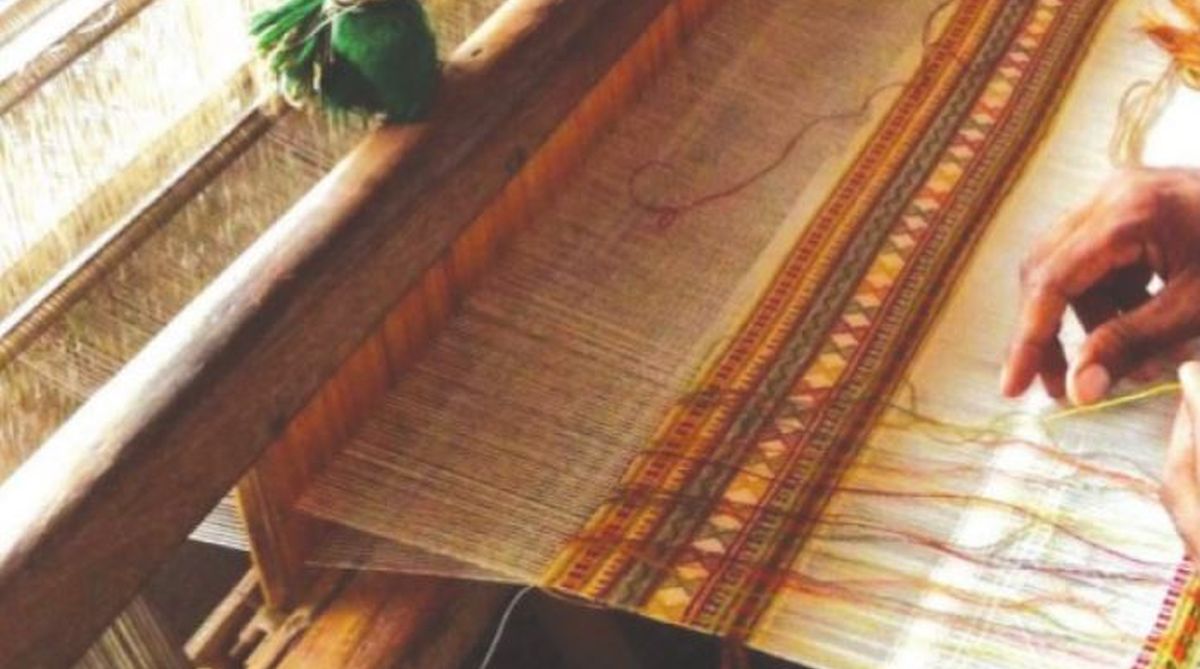India has seen a long and rich history of handicrafts. Years and years of evolution and refinement have made it possible for India to retain a coveted spot in the handicrafts landscape of the world. Where the ancients were exemplary in their craft, the contemporary craftsmen are adept in using the knowledge of the ancients by adding modern craft techniques to them. They have carefully preserved this age-old art that represents dignity, style and beauty of the Indian culture.
Voyaging through the lanes of Indian handicrafts is a tempestuous affair. There are seen striking ups and downs throughout. The global meltdown of the late 2000s, for one, had a grave impact on the handicrafts industry. Some of world’s major buyers, including the US and the UK, were faced with rising inflation, falling sales, increasing costs and drying cash flow.
Advertisement
As a result, foreign trade and craft export in India stepped down by 54 per cent in December 2008 as compared to that in December 2007. Demand for Indian handicrafts in the export market almost died out, the small firms collapsed and several thousands of craftsmen found themselves out of employment.
The recent years, however, witnessed a surge in the handicrafts sector due to their cultural and financial values. This sector plays a major role in the development of the Indian economy as it is one of the largest employment generators and accounts for a significant share in the country’s exports, thus bringing in foreign exchange.
Brief history
The art of handcrafting is deeply rooted in the lap of Indian history. The tradition goes back to 5,000 BC, when handmade crafts used to revolve around religion. Around 3,000 BC, during the Indus-Valley civilisation, several forms of arts and crafts originated, which can be found in museums today. The Vedic Age experienced a significant development in crafts, which kept evolving in the spheres of textile, stone, metal, painting, pottery and wood.
There was then a shift in trend in the 3rd century BC and the art of sculpturing and making of contemporary jewellery thrived during the Mauryan age. The craftsmen during the Gupta period (320-647 AD) excelled in jewellery-making, woodcarving, sculpting, stone carving and weaving. The handicrafts of textile, leather products and metalworking ushered in during the later ages, reflected a strong British influence on the Indian crafts, which later on changed as per the craft scenario of India. All through the ages, the handicrafts flourished and evolved, keeping up with the needs of people.
Contemporary scenario
Backed by a rich heritage of design inspiration, handcrafting skills and abundance of raw material, the modern day Indian craftsmen, although pressured due to industrial and technological revolutions, find their space even in today’s competitive world. India’s tradition-inspired products gather connoisseurs from around the world, who are enchanted by the intricacies involved in the crafts. There is, however, a constant need to promote handicrafts to ensure the preservation of this art.
Where in the rural areas, handicrafts are still a basic necessity; they have gained a symbol of luxury and style in the urban spaces. Indian handicrafts have an unsurpassable position in the global market, as a result of which Indian craftsmen are in great demand all over the world. Some of the most popular crafts that are exported from India include handcrafted jewellery, hand-printed textiles and scarves, embroidered and crocheted homeware, hand-knotted rugs, Indian silks, shawls, leather and an array of household and decorative items.
There is a significant shift in consumer demand towards products and experiences that meet emotional as well as functional needs. Handicrafts have come to be associated with urban living, interior design, fashion and contemporary design; with shifting borders of art at one end, and design at the other.
The years ahead
India saw the plight of the dying crafts after Independence. The Handicrafts Board was set up to ensure that the tradition does not disappear. Slowly, demand for handicrafts grew both in India and abroad. Recent export figures show that India is lagging behind in many handicraft commodities except for the line of gems and jewellery items. Cheap plastic products have flooded the market and people have forgotten all about the age-old clay and metal containers. The crave for synthetic cloth has replaced the comfortable cotton and khadi to a large extent. Westernised articles are taking over the indigenous handicrafts.
Despite the growth of handicrafts industry in India and the measures taken by the government to promote handicrafts, the average earning of a craftsmen when compared to that of other fields is very low. Hence, the younger generation is moving to other fields with only the elder craftsmen being left behind. The country needs younger generation of craftsmen to carry on the tradition of handicrafts, and this is only possible by ensuring the assistance of craftsmen to improve their techniques, availability of quality raw materials, direct marketing channels, credit and better wages and providing them with socio-economic benefits.











